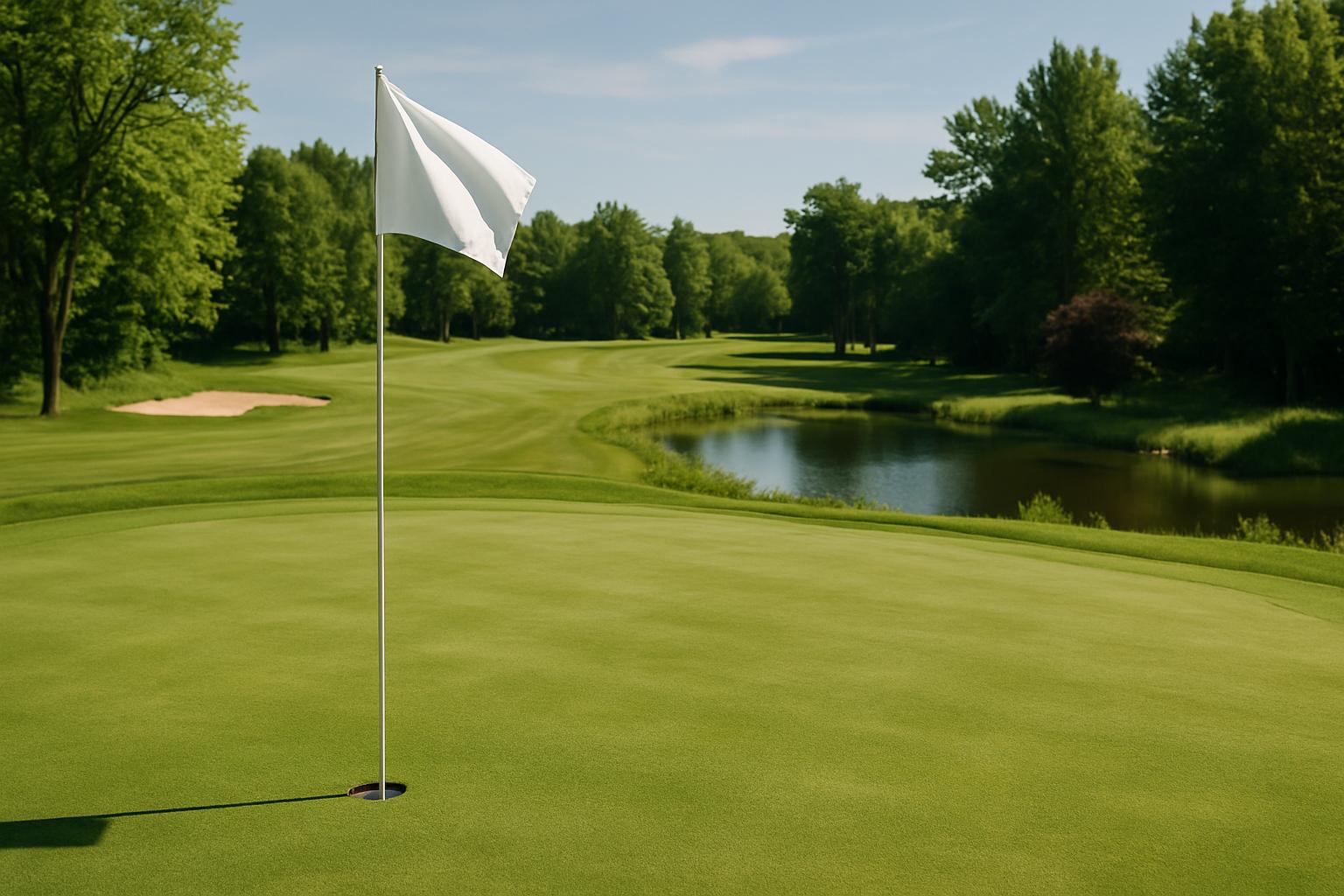Introduction to Door County
Door County is a peninsula defined by its natural landscapes, cultural richness, and enduring maritime legacy. Known for its extensive shoreline, seasonal changes, and community traditions, the region continues to be studied and visited for its geographic and cultural significance.
Natural Features and Outdoor Activities
The area encompasses over 300 miles of shoreline and has five state parks. These parks offer opportunities for hiking, cycling, cross-country skiing, and observing seasonal changes in local ecosystems. Peninsula State Park, the largest in the region, includes forested trails, a beach, and open areas for public use.
Waterways surrounding the peninsula support a range of non-motorized and motorized water-based activities. Coastal topography and lake proximity contribute to varied weather patterns, especially during sunrise and sunset.
Community and Cultural Practices
Door County’s population expands significantly during warmer months. Its communities are characterized by independently operated farms, markets, workshops, and arts spaces. These establishments often reflect regional practices and historical architecture.
Visual arts are prevalent throughout the region, with many creators referencing the peninsula’s light, water, and foliage. Public galleries often display works inspired by these surroundings.
Agricultural Cycles and Regional Food
The region includes cherry and apple orchards, most of which follow established harvest periods. Cherry blossoms appear in late spring, while fruit harvesting typically occurs in summer and early autumn. Local traditions such as the fish boil are also observed, involving the communal preparation of whitefish and vegetables using open-flame techniques.
Architecture and Lodging Types
Lodging structures range from modern buildings to adapted historical spaces such as barns and farmhouses. Some are open only during specific months, depending on weather conditions and visitor trends. The peninsula’s overall length allows for short travel between municipalities, making it accessible for multi-stop stays.
Maritime Infrastructure and History
Eleven lighthouses remain along the coastline. These structures serve as historical markers and are occasionally open for public viewing. Maritime museums document the local shipbuilding industry and the contributions of lighthouse keepers and commercial fishers. Cana Island Lighthouse, accessible on foot seasonally, provides elevated views of the shoreline.
Crafts, Trades, and Local Manufacturing
Markets and shops throughout the region often include hand-crafted goods, produce, and small-batch items. Some locations offer on-site demonstrations, such as candle production and coffee roasting, which highlight local processes and materials.
Arts and Performance
Performing arts are represented through music, theater, and seasonal festivals. Programs are often hosted in community venues or outdoor settings. Styles range from classical music to folk and contemporary theater, with both local and guest participants contributing.
Understanding the Region
Door County presents a layered environment where natural features, cultural expressions, and seasonal cycles intersect. Visitors and researchers continue to engage with the region for its ecological, historical, and artistic significance.
Our Latest Posts

Florida Legislation May Be Leaving Condos Underinsured
Florida Laws May Leave Many Condos Critically Underinsured

Golf Door County
Course Variety and Seasonal Play Across the Peninsula Door County offers a diverse selection of golf experiences across the[…]

Gems in Door County
Scenic, Uncommon, and Quiet Spots Across the Peninsula Door County is known for its iconic lighthouses, state parks, and[…]